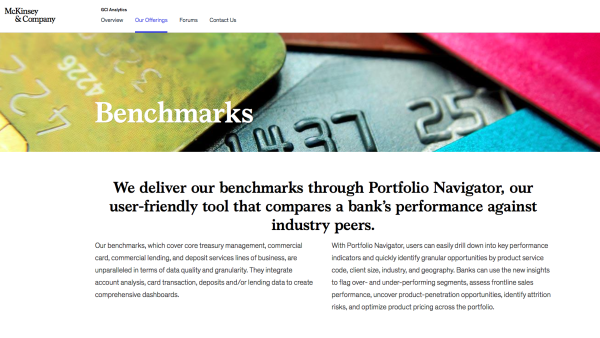Most consultants have experienced this scenario. You have put in several all-nighters, buttoned up your analysis, and put together a compelling presentation. Now, you’re in a meeting with key client decision makers. You make your recommendations and solicit a decision. At this point, the meeting stalls. Despite contradictory evidence, the client team considers status quo the best option. Surprisingly, the client advocates for change are also in consensus. What you’re witnessing is a well-known social psychological phenomenon at work – the bandwagon effect.
Summary
The bandwagon effect is a well-known cognitive bias wherein the actions of a large group of people increase the likelihood of another individual adopting the same action. The individual adopts this action regardless of his / her individual beliefs and / or available choices. Solomon Asch confirmed this psychological effect through his Conformity Experiments.
Origins
Literally, a bandwagon is a vehicle that carries the troupe in a parade, circus or other entertainment. The phrase – jump on the bandwagon – first appeared in the US politics in 1848 when Dan Rice, a popular entertainer of his time, used a bandwagon to draw attention to President Zachary Taylor‘s political campaigns. As his campaigns became more successful, other politicians associated themselves with him and strove for a seat on the bandwagon. By 1900, during William Jennings Bryan‘s presidential campaign, the term was used pejoratively – that people were associating themselves subjects without prior scrutiny.
Historical evidence
Propaganda is an effective tool to persuade an audience towards a particular idea / cause. Often, this is achieved by using biased material or by stirring up emotions. In the mid-1930s, the Nazis exploited propaganda to consolidate their power and cultivate an Aryan identity. In the article, Nazi Propaganda and the Bandwagon Effect, the author presents historical evidence of the bandwagon effect:
Arguably the most awe-inspiring scenes depicted in the 1935 Nazi propaganda film Triumph of the Will (directed by Leni Riefenstahl and commissioned by Hitler) are the mass rallies, the scenes in which thousands of attendees stand eagerly watching Hitler and other Nazi leaders deliver impassioned speeches or drive by in a parade. Posters, banners, songs and pop culture in general hammered this point into the minds of all the many adopters (though there were, of course, many Germans who did not adopt). Such scenes embody the collective agreement of thousands of people, and effectively instills the rightness of the new doctrine in a viewer that perhaps had not yet joined the Nazi bandwagon.
In business
The bandwagon effect is a form of groupthink in social psychology. As more people come to believe in something, others also jump on the bandwagon, regardless of the underlying evidence. The tendency to follow the actions or beliefs of others occurs because individuals prefer to conform. Groupon is a great example of the bandwagon effect. Deals that pick up steam tend to accelerate even faster as the number of buyers increase. In fact, the deal needs to achieve a certain level of bandwagon effect before it becomes active.
During the Dot-com bubble of the late 1990s, dozens of tech startups emerged with no viable business plans, products or services. In many cases, they were nothing more than hot air. Despite their shortcomings, these companies attracted millions in investment, largely due to the bandwagon effect.
Recommendations
Though firms compete with industry peers, they are highly influenced by the pressure and norms exerted by peer groups. When clients feel that a majority of their peer group has embarked on a certain activity, not following suit becomes increasingly difficult. This pressure shapes many behavioural aspects and postures. Correspondingly, client teams want to do the right thing; they want to on the winning side. So, clients expect their consultants to not only provide the outside in view of their organisation, but also also identify the relevant industry trends.
Using such tools as, industry benchmarks, trend analysis, etc. consultants could present compelling evidence that drive client action. Depending on the required course of action, presenting an alternative, sometimes counter-intuitive point of view (Heaven / Hell logic), might also drive / break consensus. To catalyse increased responses in surveys, exploiting the bandwagon effect in exchange for survey results / insights might catalyse increased participation / responses. McKinsey leverages the bandwagon effect and regularly publishes industry benchmarks to acquire, shape and drive its engagements.

Therefore, evoking perceptions that everyone else is doing something important will probably motivate clients to take action. Consultants could leverage this dynamic to facilitate change.




